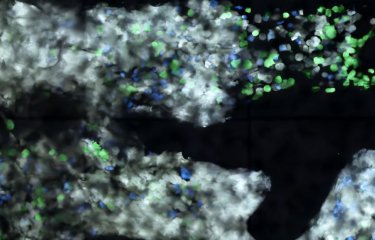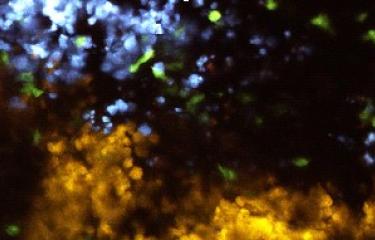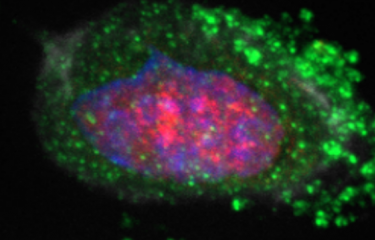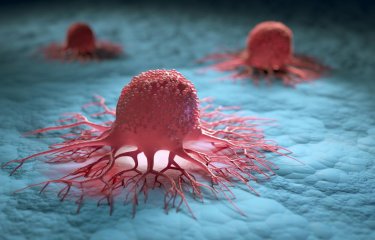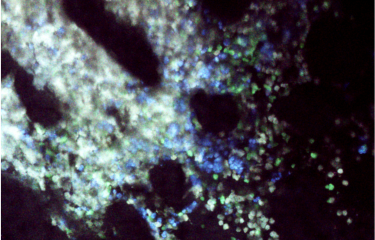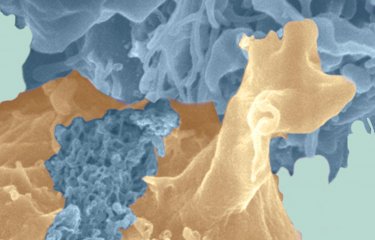Using innovative dynamic imaging technique, scientists at the Institut Pasteur, Inserm and the VU Medical Center in Amsterdam have uncovered the mode of action of anti-CD20, an antibody therapy frequently used in the treatment of lymphomas (cancers of the immune system) as well as some auto-immune diseases. In a lymphoma model, the scientists have been able to carry out real time in vivo imaging of the cellular events activated by the treatment and resulting in the destruction of tumor cells. These discoveries should help optimize the efficacy of future therapies involving anti-CD20 antibodies. This work is the subject of an article published online November 1 on the Journal of Clinical Investigation website.
Press release
Paris, Novembre 4, 2013
Paris, le 27 septembre 2012
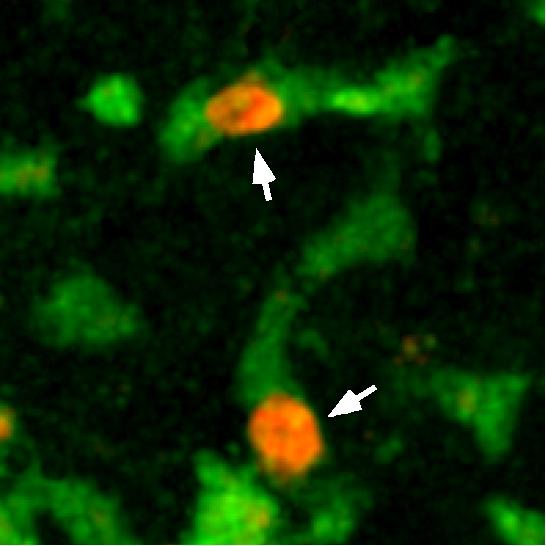
A study led by Philippe Bousso, head of the Dynamics of Immune Responses Unit (Institut Pasteur / Inserm U668), along with researchers at Inserm and the VU Medical Center in Amsterdam, has provided the first conclusive answers. Using dynamic imaging techniques developed at the Institut Pasteur, the scientists have carried out real time in vivo imaging of the destruction of cancerous and normal B lymphocytes during anti-CD20 antibody treatment. The scientists noticed that the phenomenon of B lymphocyte depletion resulting from anti-CD20 antibody therapy primarily takes place in the liver and involves a specific cell type, known as Kupffer cells. The images produced by the scientists clearly show Kupffer cells (in green) capturing cancerous B lymphocytes (in orange) and preventing their circulation before destroying them.
These discoveries provide important insight for optimizing the efficacy of future treatments using anti-CD20 antibodies. Non-Hodgkin lymphomas affect 10,000 people per year in France, and account for 10% of pediatric cancers.
- -
Illustration - Copyright Institut Pasteur
Caption - The capture of cancerous B lymphocytes (in orange) in the liver by Kupffer cells (in green).
Paris, le 27 septembre 2012
Paris, le 27 septembre 2012
Source
The Mechanism of Anti-CD20-Mediated B-cell Depletion Revealed by Intravital Imaging, Journal of Clinical Investigation, 1er novembre 2013.
Fabricio Montalvao (1,2), Zacarias Garcia (1,2), Susanna Celli (1,2), Béatrice Breart (1,2),
Jacques Deguine (1,2), Nico Van Rooijen (3), and Philippe Bousso (1,2)
(1) Institut Pasteur, Dynamics of Immune Responses Unit, F-75015 Paris, France ;
(2) INSERM U668, F-75015 Paris, France ;
(3) Department of Molecular Cell Biology, VU Medical Center, Amsterdam, The Netherlands.
Contact
Institut Pasteur - Press office
Jérémy Lescène - Jeremy.lescene@pasteur.fr - +33 (0)1 45 68 81 01
Nadine Peyrolo - nadine.peyrolo@pasteur.fr - +33 (0)1 45 68 81 47




